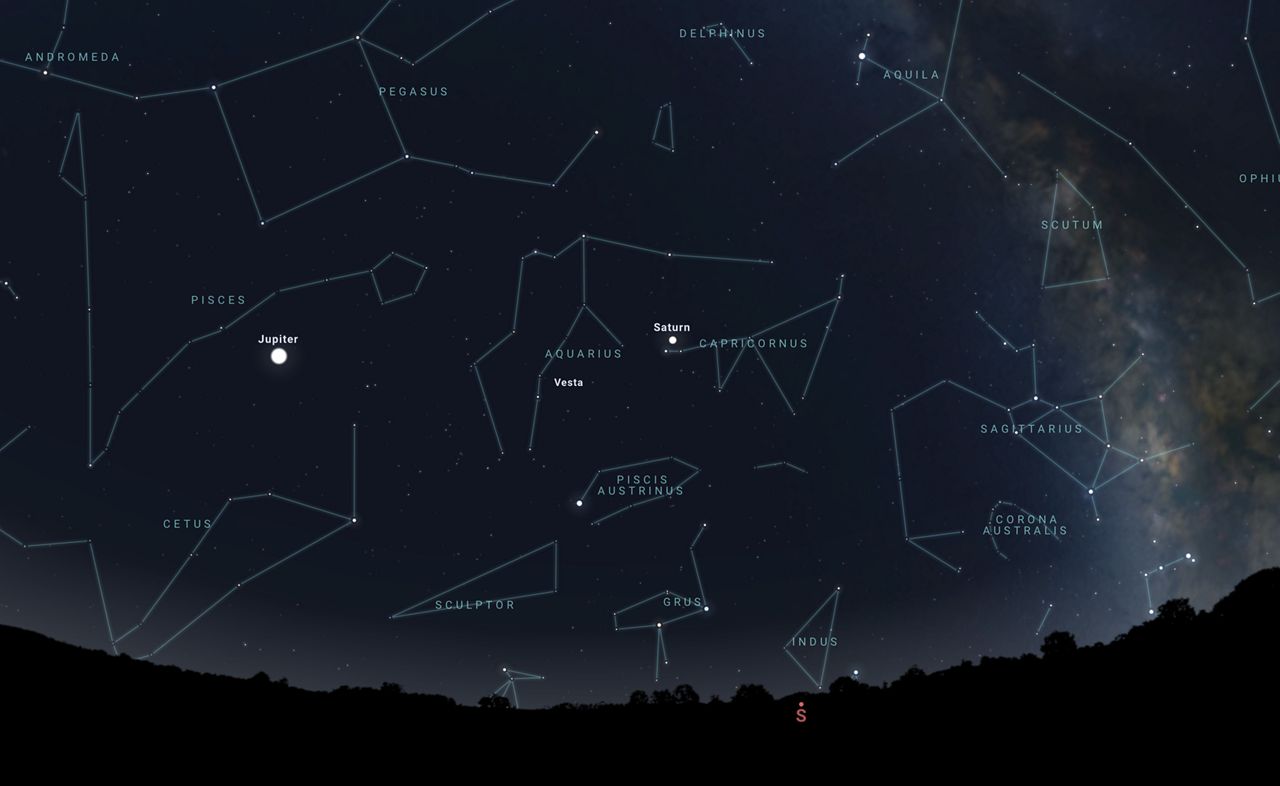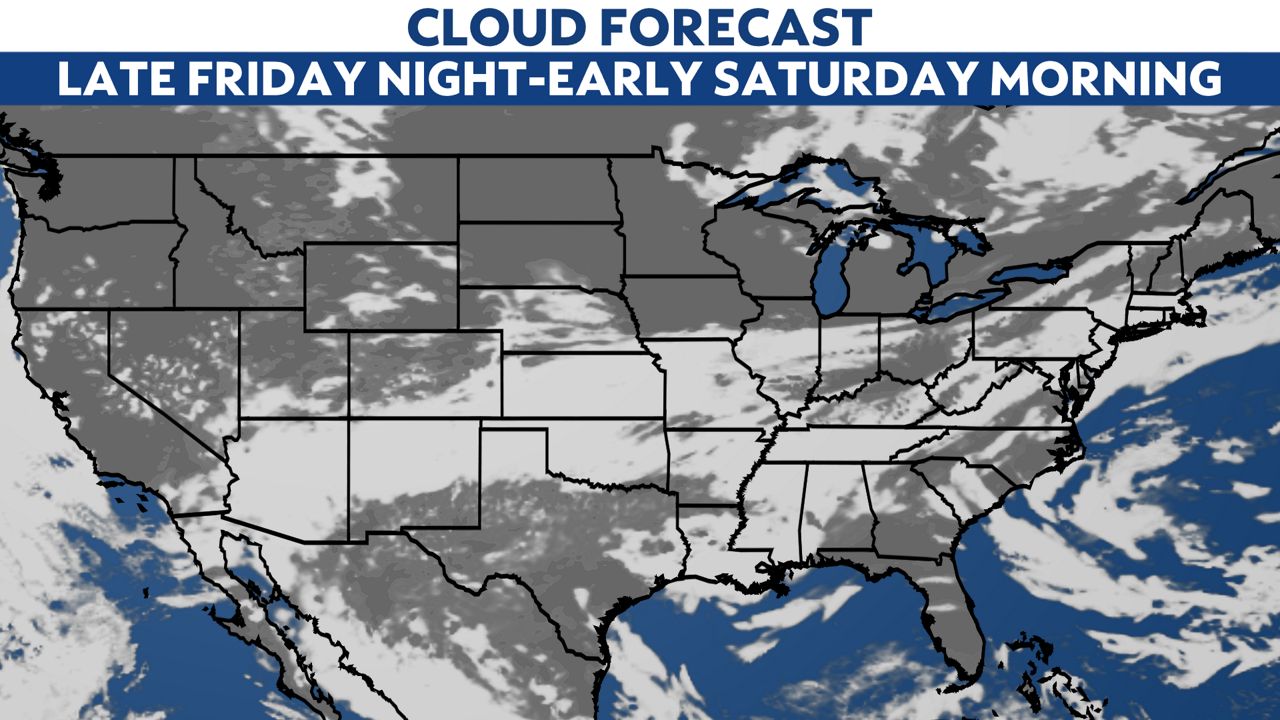The peak of the Perseid meteor shower is still a couple of weeks away, but another one peaks the night of July 29.
The Delta Aquariid meteor shower is underway, although it doesn’t get a lot of attention because it’s a pretty low-key affair. Under ideal conditions, it can produce up to 20 meteors per hour, but most stargazers will see fewer than that.
The good news is that the moon will work out in our favor. The new moon was on July 28, so we won’t have a bright moon washing out the faint meteors.
This meteor shower favors those who live farther south (and is best in the Southern Hemisphere, it turns out). People in the southern U.S. have a better shot at seeing meteors compared to those in the northern tier, as long as clouds stay away.
The radiant–the point in the sky where meteors appear to originate from–will be in the southern sky. You don’t have to look to that spot to catch a glimpse of meteors, but you do want to wait until the radiant is high in the sky. I’ll be lowest in the evening and near dawn and highest around 2 a.m.

Position of stars and constellations in the southern night sky going into early Saturday morning. (Stellarium)
The more well-known Perseids have begun, but their peak isn’t until the second week of August. Unfortunately, the full moon happens the night of Aug. 11-12, interfering with the show.
Wondering what other skywatching opportunities you have for the rest of the year? We have the answers for you.
Our team of meteorologists dive deep into the science of weather and break down timely weather data and information. To view more weather and climate stories, check out our weather blogs section.

